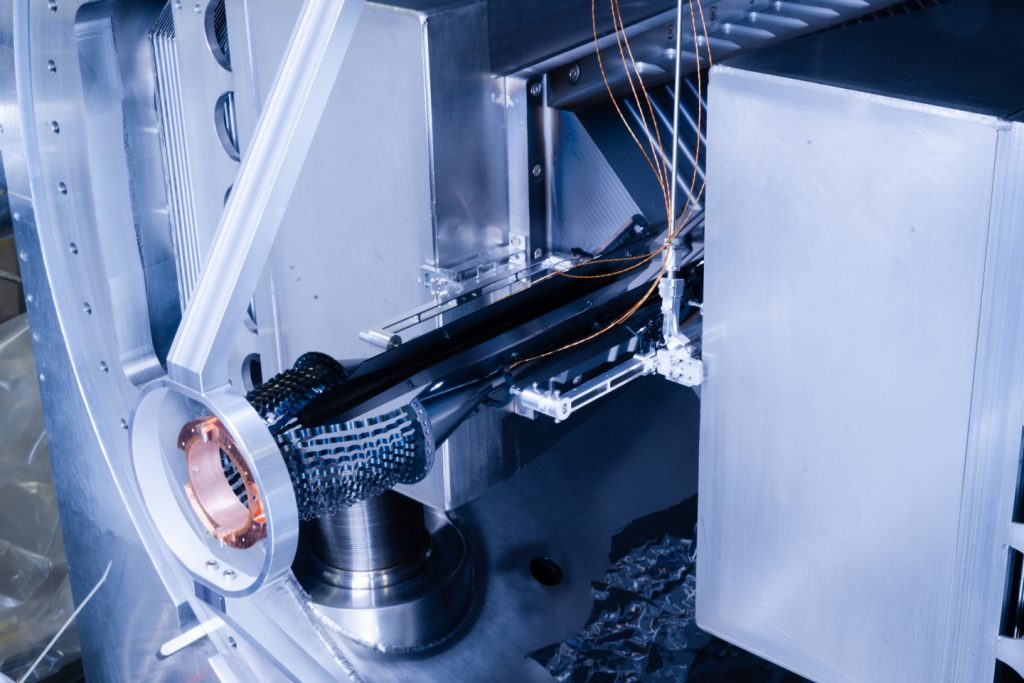General
Have you ever thought how lonely a gas molecule must feel in the LHC? Shouting “is there anybooooodyyyy?”, looking for friends? The vacuum inside the LHC is indeed comparable to outer space, if it were a car tyre with a leak, there are so few gas molecules that it would take 10 000 years to go flat.

At the LHCb experiment, we could not bear this thought and, starting from 2011, we equipped the detector with a system, called SMOG (System for Measuring Overlap With Gas), capable of injecting a small pressure of noble gas in the LHC accelerator. Since then, it has been employed to precisely measure the number of collisions delivered by the LHC accelerator and to study proton-gas collisions, opening an unprecedented window on QCD and astroparticle physics studies at the LHC. So many more friends for our molecule! Well, it was less than one over one million what it could find in the atmosphere, but at least a factor one hundred more than what it had in LHC!
We were definitely happy, but physicists never just stop there: we wanted to know more about these proton-gas collisions. From 2022, a 20-cm-long cell called SMOG2 (Fig. 1) will be used to confine the gas in a 20-cm-long region upstream of the proton-proton LHCb collision point. In Fig. 2, you can see the SMOG2 system being open, at 10 times the speed. Our molecule will have up to a factor one hundred new friends and of different species, maybe even non-noble ones like oxygen and nitrogen that were not allowed to play in the LHC before! The larger datasets in different collision systems will offer many opportunities for high-precision physics studies, so check now this if you want to know more.
